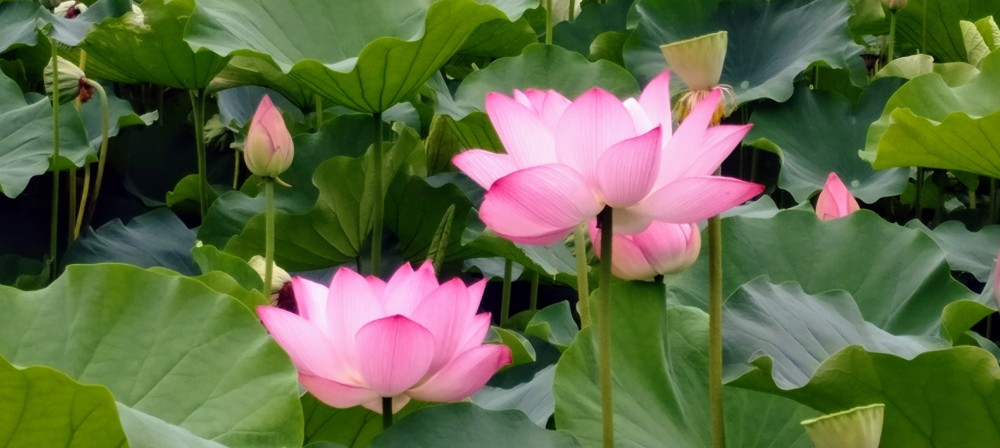From Shiro Kuma by kumafr

- https://www.yourchineseastrology.com/zodiac/earth-pig.htm
- 栗, kuri: Japanese chestnut (Castanea crenata)
- 澄ます, to clear; to make clear, to be unruffled. To look unconcerned; to feign indifference; to look demure; to look prim; to put on air; to strain (one’s ears). To listen carefully
- 空, kū: shunyata; emptiness. The lack of an immutable intrinsic nature within any phenomenon. (the) Void
- リス, risu: fracture
- 増す, masu: to increase; to grow
- 空気の中に空間, Kūki no Naka ni no Kūkan: find the emptiness in the middle of the empty space.
- Unarmed fighting techniques of the Samurai, Hatsumi Masaaki, Kodansha edition
- https://www.amazon.com/Unarmed-Fighting-Techniques-Samurai-Masaaki/dp/1568365322/ref=sr_1_1?s=books&ie=UTF8&qid=1545735722&sr=1-1&refinements=p_27%3AMasaaki+Hatsumi
… Read More



